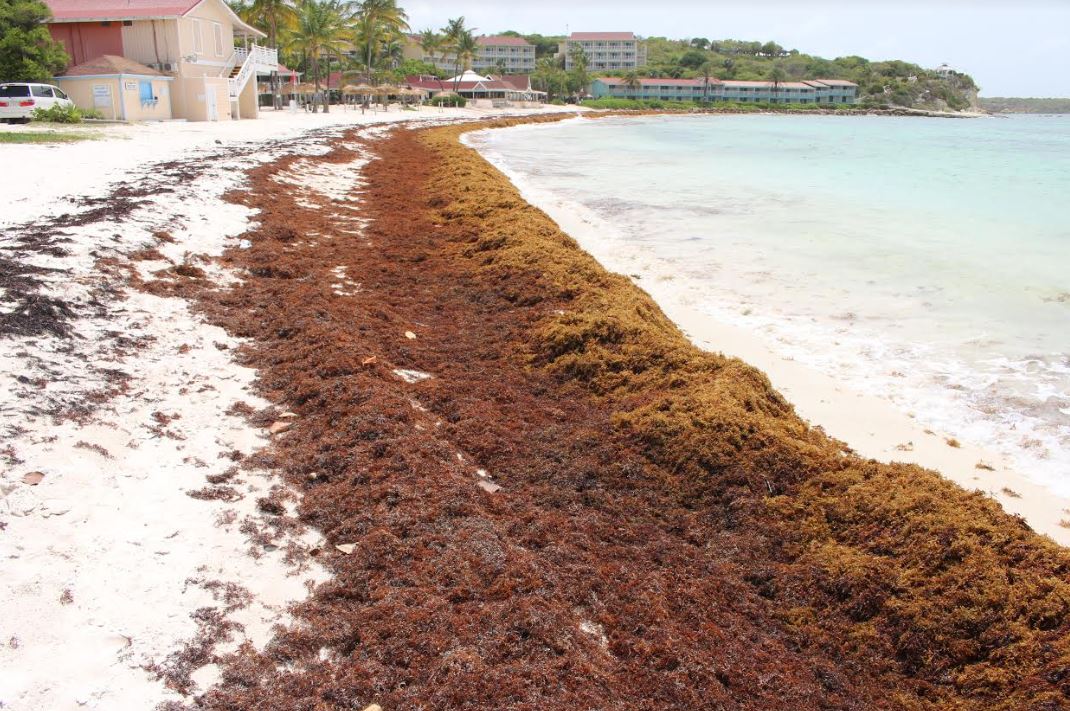286
As forecast, most Eastern Caribbean islands have been seeing record amounts of
sargassum seaweed in the first quarter of 2023, a period that is normally relatively
free of the seaweed.
The level of sargassum arriving now is already severe and is not expected to let up
in the coming weeks.
There is still twice as much (202% more) sargassum visible out in the Atlantic as
seen this time last year.
There will continue to be a marked difference within the islands of the Eastern
Caribbean, in the amount of sargassum they are likely to receive over the next 3
months.
Northern and Middle islands will see a lot more sargassum than customary for
these months, whilst Southern islands are expected to experience much less,
although cloud cover in the current satellite image may be hiding some southern
sargassum.
Northern islands will continue to receive very high volumes of sargassum, with
only a short lull at the end of April before the summer sargassum season.
Middle islands are expected to receive fairly high volumes through mid-April and
experience a lull at the end of April; then high volumes going into summer, similar
to last year.
Southern islands can expect sargassum towards the end of March, remain clear
during April, and start to see sargassum again in May, but less than last year.
Influxes of sargassum will be heavier than normal for the remainder of this tourist
season in the Northern and Middle islands, whilst Southern islands will enjoy clear
beaches through April.
Visitors should be advised, however, that despite high volumes of predicted
sargassum, leeward (west coast beaches) generally remain sargassum-free.
The pelagic fishery will continue to be disrupted in the northern and middle islands
by large rafts of sargassum at sea.
Flying fish will remain problematic to catch.
Fishers should be careful when navigating, especially at night, to avoid problems
associated with driving through thick sargassum.
Nearshore mooring sites and landing beaches on eastward-facing coastlines will
likely become inundated with sargassum.
Fisherfolk in the Southern islands should be largely unaffected until May.
Heavy inundation of windward beaches by sargassum in the Northern and Middle
islands could spell trouble for nesting leatherback turtles.
Brown tide events as the sargassum decays, will cause damage to critical habitats
(coral reefs and seagrasses).


